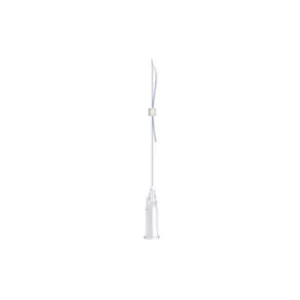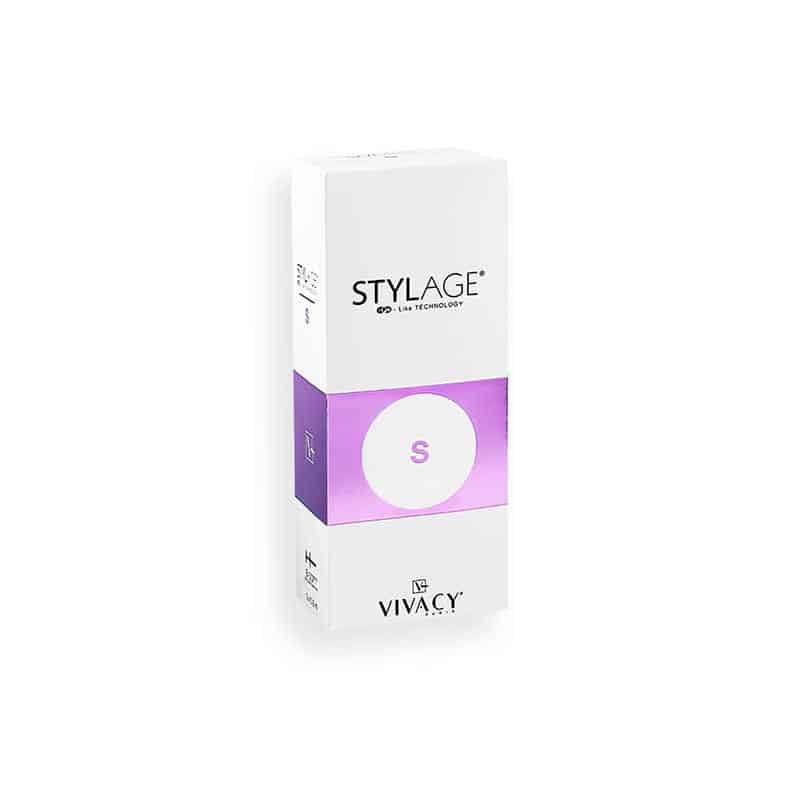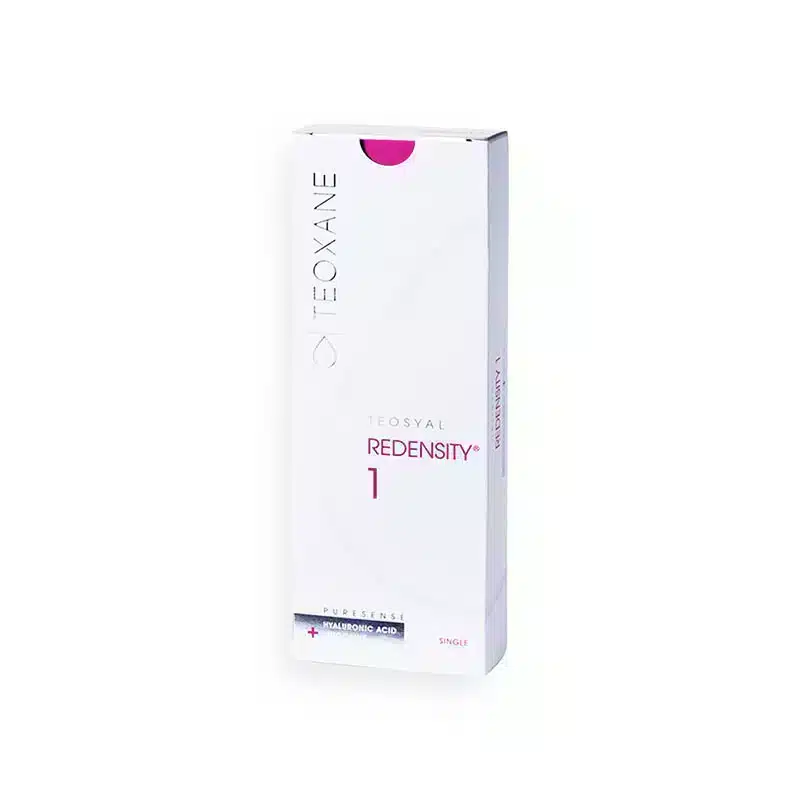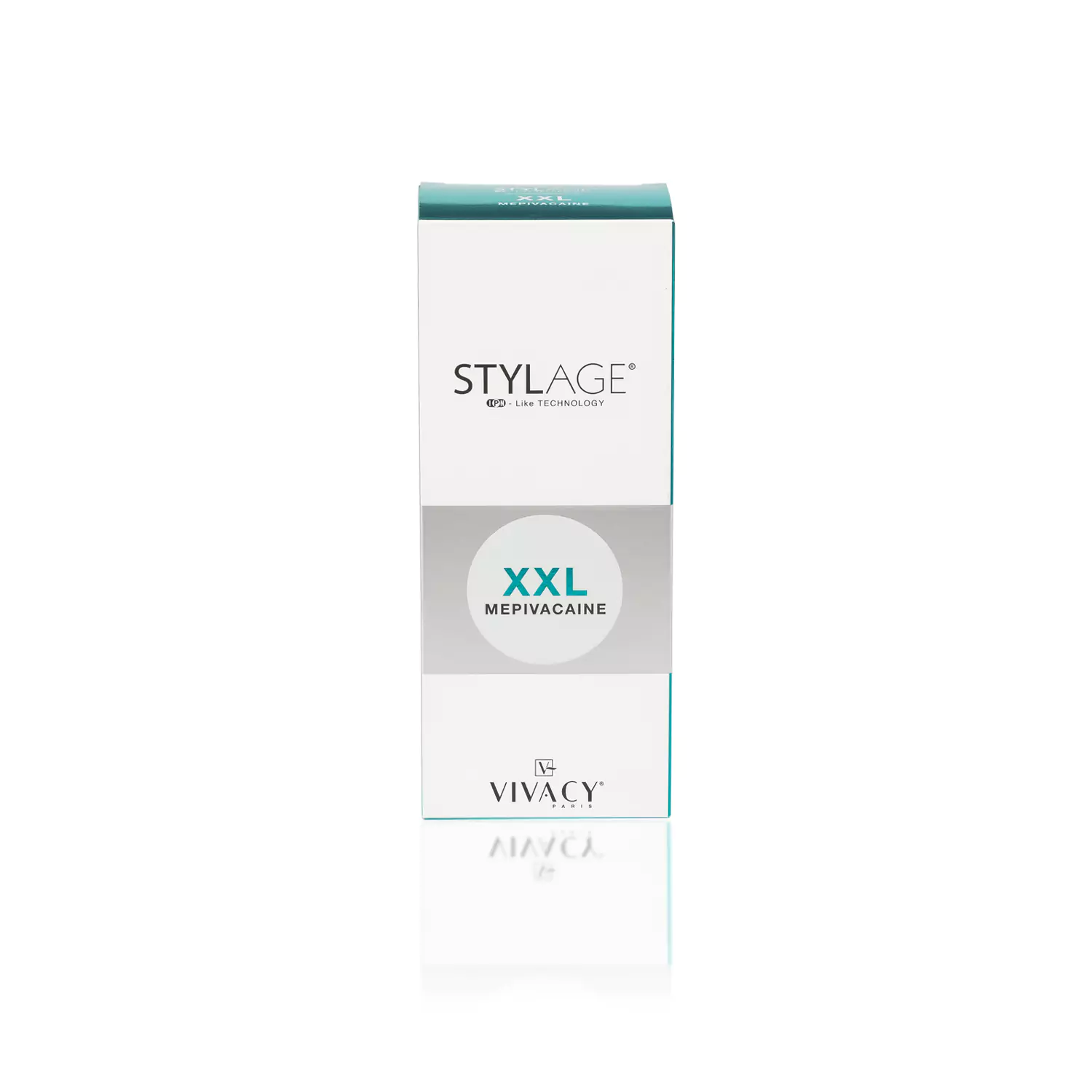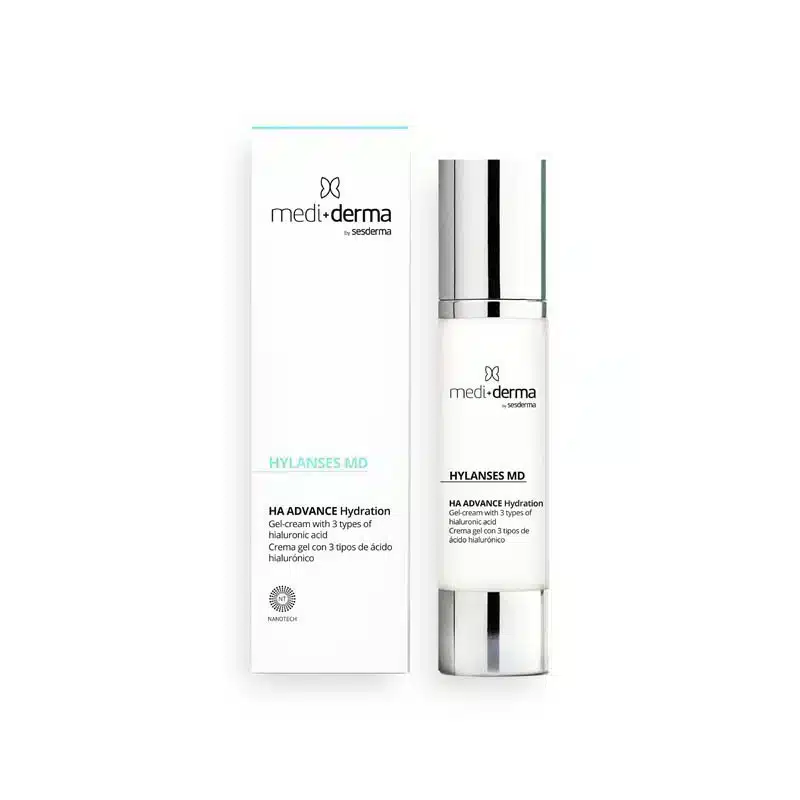No products in the cart.
OUR PRODUCTS
OUR BRANDS
- ALIAXIN® (6)
- ALIDYA™ (1)
- BCN (12)
- BELLAST® (3)
- BELOTERO® (11)
- BIOREPEELCL3® (2)
- CAREGEN (1)
- CINGAL® (1)
- CRESPINE® (1)
- CYTOCARE (3)
- DERMALAX™ (3)
- DESIRIAL® (2)
- DUROLANE® (1)
- EJAL (1)
- ELLANSÉ™ (2)
- ELRAVIE® (1)
- EUFLEXXA® (1)
- EXOJUV (1)
- FILLMED® (10)
- FILORGA® (6)
- HArmonyCA™ (1)
- HYACORP (5)
- HYAFILIA® (2)
- HYALGAN® (2)
- HYMOVIS® (1)
- INTRALINE® (18)
- JALUPRO® (6)
- JUVÉDERM® (12)
- LEMONBOTTLE (1)
- MEDIDERMA® (29)
- METOO (3)
- MONOVISC® (1)
- NEAUVIA™ (11)
- NEURAMIS® (1)
- NUCLEOFILL™ (4)
- ORTHOVISC® (1)
- PERFECTHA® (6)
- PLASMOLIFTING™ (1)
- POWERFILL® (1)
- PROFHILO® (2)
- PRX-T33® (1)
- RADIESSE® (3)
- RAINBOW (7)
- REFINE (2)
- REJURAN® (1)
- RESTYLANE® (11)
- REVANESSE® (6)
- REVOFIL (8)
- REVOLAX™ (6)
- SAYPHA® (6)
- SCULPTRA® (1)
- SESDERMA® (8)
- SILHOUETTE (3)
- SKINSEQNC (4)
- SOFTFIL® (6)
- STYLAGE® (21)
- SUNEKOS® (4)
- SUPARTZ® (1)
- SYNVISC® (2)
- TEOSYAL® (15)
- VISCODERM® (2)
- VOM (1)
- ZO® (15)
Showing 1–15 of 22 results
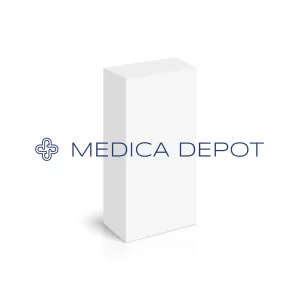
INTRALINE® MONO 29G 38 50 6-0
Manufacturer: Mecobi Co. Ltd. Active Substance(s):…
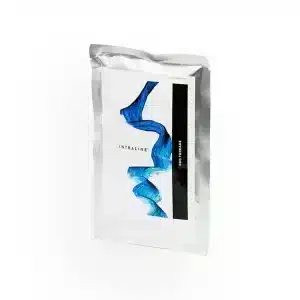
INTRALINE® MONO 29G 50 70 6-0
Manufacturer: Mecobi Co. Ltd. Active Substance(s)…
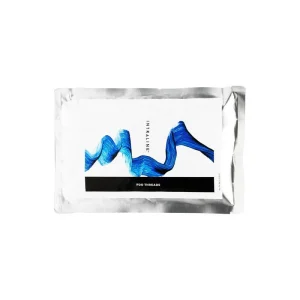
INTRALINE® MONO M2750 – 27G 50mm/70mm
Manufacturer: Mecobi Co. Ltd. Active Substance(s):…
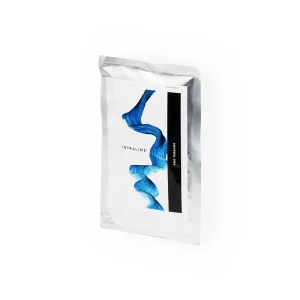
INTRALINE® MONO M3038 – 30G 38mm/50mm
Manufacturer: Mecobi Co. Ltd. Active Substance(s): POLYDIOXANONE…
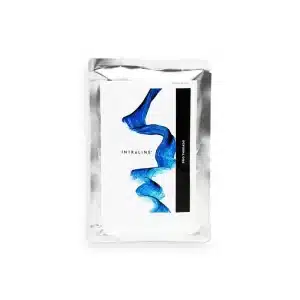
INTRALINE® PDO THREADS Cog Dimension 360 B2190-C-21G 90mm/150mm
Manufacturer: Mecobi Co. Ltd. Active Substance(s):…
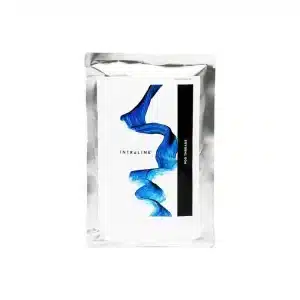
INTRALINE® PDO THREADS Cog Dimension 360 C19100-C-19G 100mm/140mm
Manufacturer: Mecobi Co. Ltd. Active Substance(s): POLYDIOXANONE…

INTRALINE® PDO THREADS Cog Dimension 360 C19100M-C-19G 100mm/150m
Manufacturer: Mecobi Co. Ltd. Active Substance(s): POLYDIOXANONE…
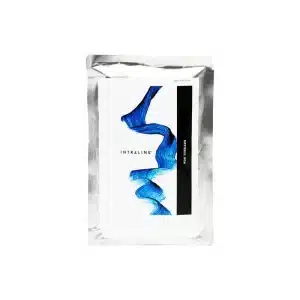
INTRALINE® SPIRAL 29G 50 70 6-0
Manufacturer: Mecobi Co. Ltd. Active Substance(s): POLYDIOXANONE…
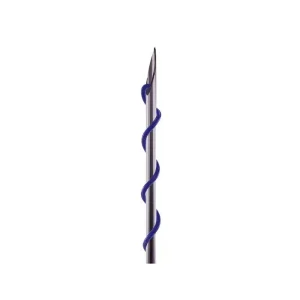
INTRALINE® SPIRAL 30G 25,4 30 7-0
Manufacturer: Mecobi Co. Ltd. Active Substance(s): POLYDIOXANONE…
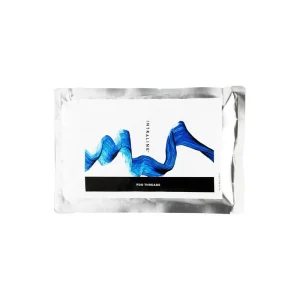
INTRALINE® SPIRAL S2938 – 29G 38mm/50mm
Manufacturer: Mecobi Co. Ltd. Active Substance(s)…

INTRALINE® SPIRAL S3038 – 30G 38mm/50mm
Manufacturer: Mecobi Co. Ltd. Active Substance(s):…
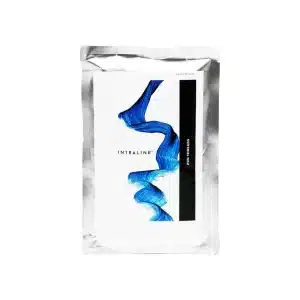
INTRALINE® TRIPLE TR2650 – 26G 50mm/70mm
Manufacturer: Mecobi Co. Ltd. Active Substance(s): POLYDIOXANONE…

PCLA MONO 27G60-100mm
Manufacturer: Oreon Active Substance(s): POLYCAPROLACTONE, LACTIC ACID…
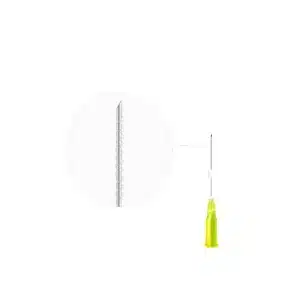
PCLA SCREW 29G38-50mm
Manufacturer: Oreon Active Substance(s): POLYCAPROLACTONE, LACTIC ACID…
Buy Threads and Sutures For Minimally Invasive Procedures
Made from bioresorbable materials, such as polylactic acid, threads give a temporary lifting effect to the face and neck area while stimulating collagen production. Since these ingredients are biodegradable, they gradually dissolve into the tissue, leaving behind new collagen.
Top brands
Silhouette Soft works to tighten and lift aging skin for a more youthful appearance. These threads are quick to insert, and have minimal downtime.
Why are they used?
Doctors use this procedure when patients wish to correct mild to moderate wrinkles and sagging skin. After insertion, they work to tighten and lift skin for a more youthful, healthy, and natural-looking appearance. Men and women of all ages can benefit from this treatment as they provide a support structure to reduce signs of aging. This cost-effective and minimally-invasive procedure can last for much longer than aesthetic injectables. As well, the threads encourage new collagen, which lasts even after they have dissolved.
Areas of use
Use thread lifts to gently lift areas anywhere on the face. You can treat areas such as the cheek, lower eye and nasolabial areas, jawline and neck. Younger patients often look to correct mild sagging in the brow and cheek area.
How long do threads last?
The results are immediately visible as the lifts are pulled into place, lifting the sagging skin. Moreover, they promote collagen growth, which lasts even after the threads have dissolved. While the duration of the effects may vary depending on the severity of the skin condition and the lifestyle of the patient, the results being lifting sagging skin which can generally last up to two years.
How are they used?
Do not attempt to implant threads unless you are a trained medical professional. Sterilize the area and mark the location you will insert the threads. Use a local anesthetic at the entry and exit points to decrease discomfort during the procedure. Using the distal straight needle, puncture the skin. The thread should advance along the marked lines and pulled through the exit point.
At this point, you can cut the needle off, leaving just enough of the suture exposed to tighten the skin. Once the skin is in place, trim the ends of the threads. Do not sterilize unused threads or used needles.
For detailed and complete instructions on the application of threads, refer to the specific product’s leaflet.
What are the side effects?
The side effects of threads include discomfort, inflammation, pain, redness, bruising, swelling, and temporary depression, bunching, or irregularity at the location of entry. Usually, most of the minor side effects would evade themselves within a few days. Generally, this treatment is safe and is a minimally-invasive procedure; however, for a specific list of side effects, precautions and contraindications you must refer to the particular product’s leaflet.
Types of threads
Threads can be split into two categories: smooth threads, which need to be anchored to a stable area of the scalp or face; and barbed threads, which you do not need to suspend to hold the lift.
Under these categories, there are also different types of lifts.
Surgical thread lifting:
Surgical lifting uses fixed or free floating threads to create a lift. Fixed threads result in a more dramatic lift, as the thread is attached to the underlying skin structure. These threads are usually combined with the removal of excess skin, so results can last up to four years.
Free floating threads are implanted under the skin. Once they are pulled into place, they give a lifting effect that can last up to two years.
Non-surgical thread lifting:
For those who only need minimal to moderate results are great candidates for these threads. They help encourage collagen production, and can be used in combination with some dermal fillers or other procedures to rejuvenate the skin. The effects can last up to 18 months.
Beauty thread:
Unlike other products under this category, beauty threads don’t necessarily lift the skin. They do, however, stimulate collagen production to make the skin more firm and radiant. These can be used in combination with other procedures, and last up to 18 months.
Frequently Asked Questions:
What are threads and sutures used for in minimally invasive procedures, and how do they differ from traditional sutures?
Unlike traditional sutures, the innovative techniques of using threads with barbs or cones allow for non-invasive tissue lifting and tightening. This minimizes scarring, reduces recovery time, and enhances cosmetic outcomes.
What types of medical conditions or aesthetic concerns can be addressed with thread and suture-based techniques?
Thread and suture-based techniques address various medical conditions and aesthetic concerns. These include facial rejuvenation, skin tightening, and treating sagging tissues. Additionally, these procedures can help manage conditions like urinary incontinence or hernias by providing internal support and reinforcement.
What factors should medical professionals consider when selecting the appropriate type of thread or suture for a specific procedure or patient?
To choose the appropriate thread or suture, consider the intended use, tissue type, and patient characteristics. The thread’s material, size, and configuration play a pivotal role in achieving optimal results. Factors like tissue tension, required strength, and potential allergic reactions guide medical professionals in selecting the most suitable option.
Are there any specific training and certification requirements for medical professionals looking to incorporate thread and suture techniques into their practice?
Medical professionals seeking to incorporate thread and suture techniques into their practice should undergo specialized training and certification. Training programs cover procedural skills, patient assessment, and potential complications. Certification ensures practitioners possess the necessary expertise to perform these techniques safely and effectively.
